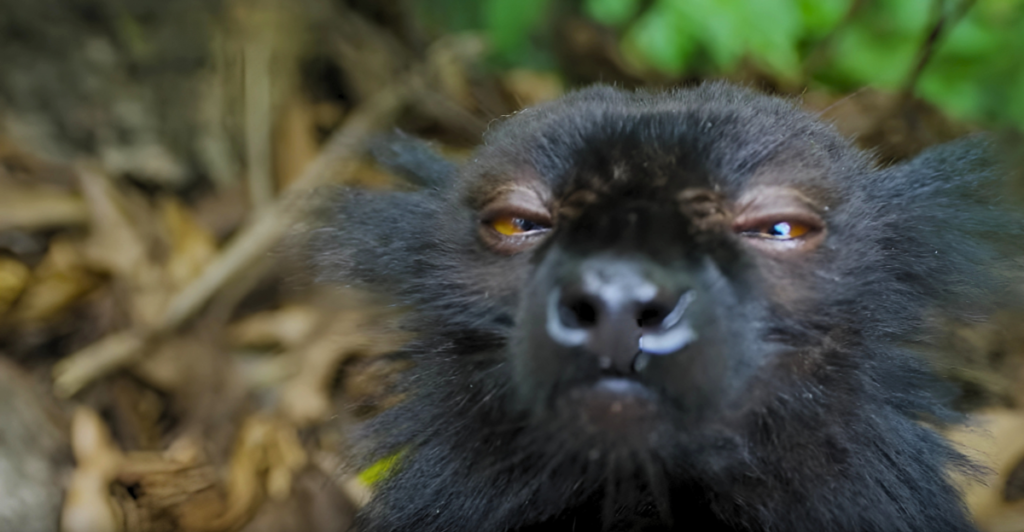
The natural world is full of surprises, and the quest for intoxication isn’t limited to humans. Across the globe, various animals have been observed seeking out mind-altering experiences, indulging in substances that leave them dazed, playful, or downright erratic. These are twelve animals that love being intoxicated.
1. Dolphins

Dolphins have been observed gently chewing on pufferfish to get high from small doses of tetrodotoxin. This neurotoxin, in small amounts, can produce a trance-like state in dolphins. They’ve been seen passing pufferfish around to each other. After chewing on the fish, the dolphins enter a zen-like state, floating just below the water’s surface and appearing fascinated by their own reflections.
2. Reindeer
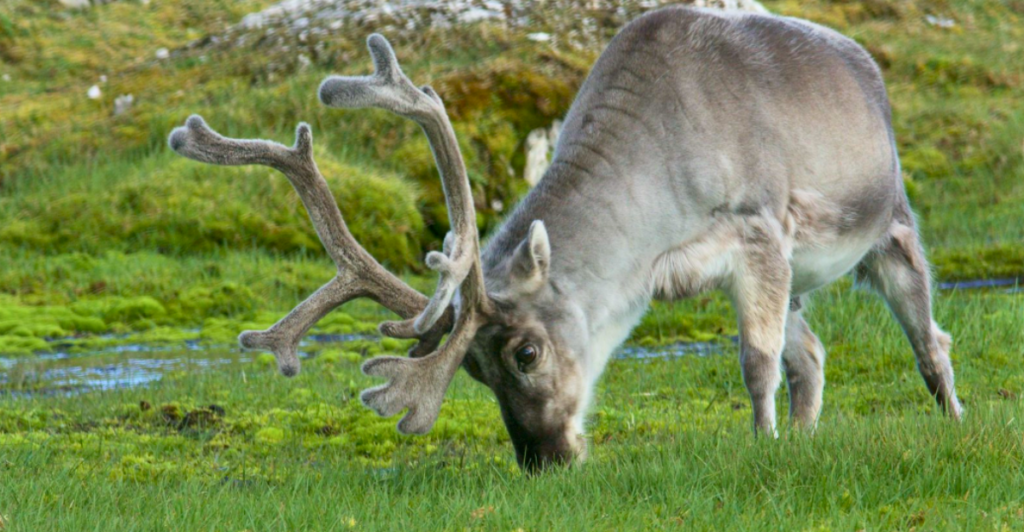
In Siberia and other northern regions, reindeer are known to seek out and consume the hallucinogenic Amanita muscaria mushroom. These red and white spotted mushrooms contain muscimol and ibotenic acid, which cause hallucinations. Reindeer under the influence may exhibit erratic behavior and make strange noises.
3. Wallabies
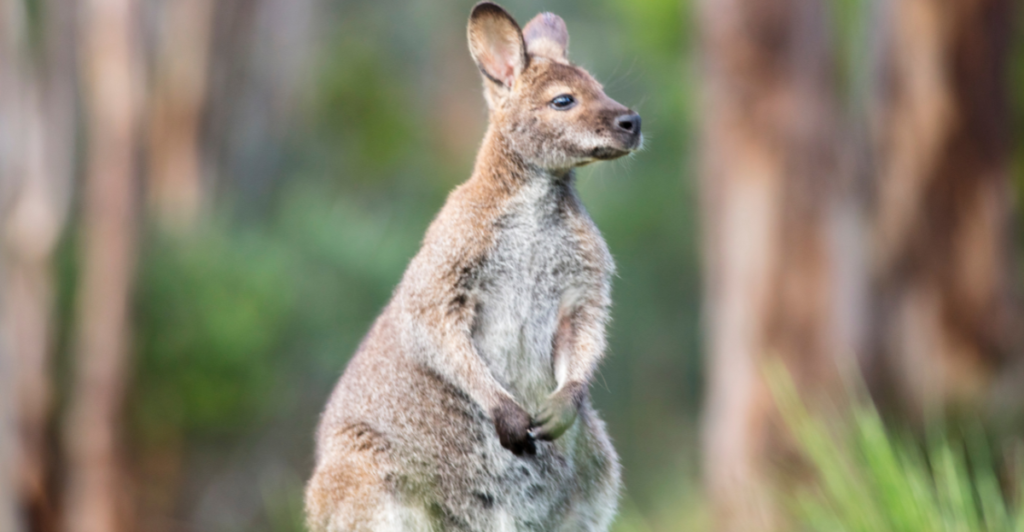
In Tasmania, wallabies have been caught raiding opium poppy fields grown for the pharmaceutical industry. These marsupials get intoxicated on the poppies and hop around in circles, creating “crop circles” in the fields. Farmers have reported finding wallabies disoriented and bouncing around in the middle of these circles.
4. Vervet Monkeys
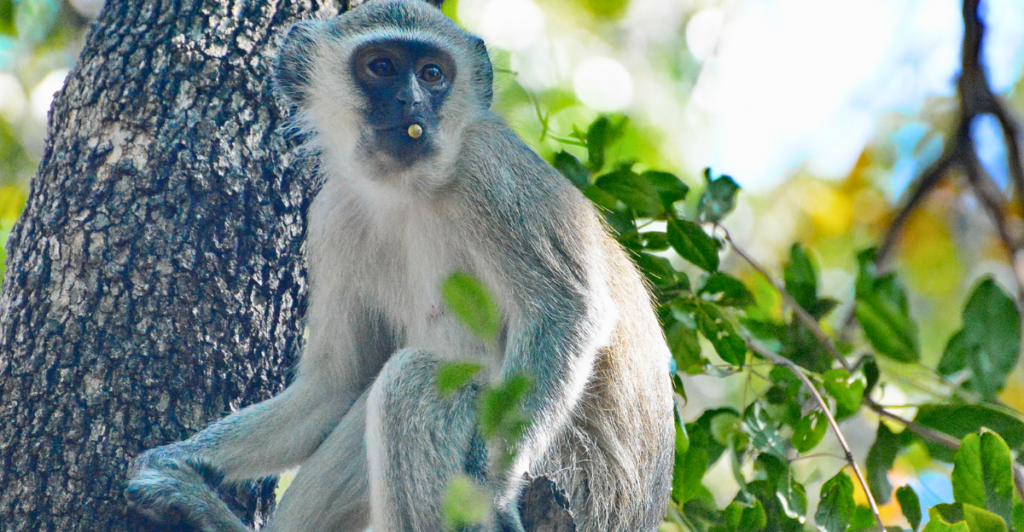
On the Caribbean island of St. Kitts, vervet monkeys have developed a taste for alcohol, often stealing drinks from unsuspecting tourists. These monkeys exhibit similar drinking patterns to humans, with some preferring neat alcohol over sugary cocktails. Some monkeys even become habitual drinkers, mirroring human alcoholism.
5. Lorikeets
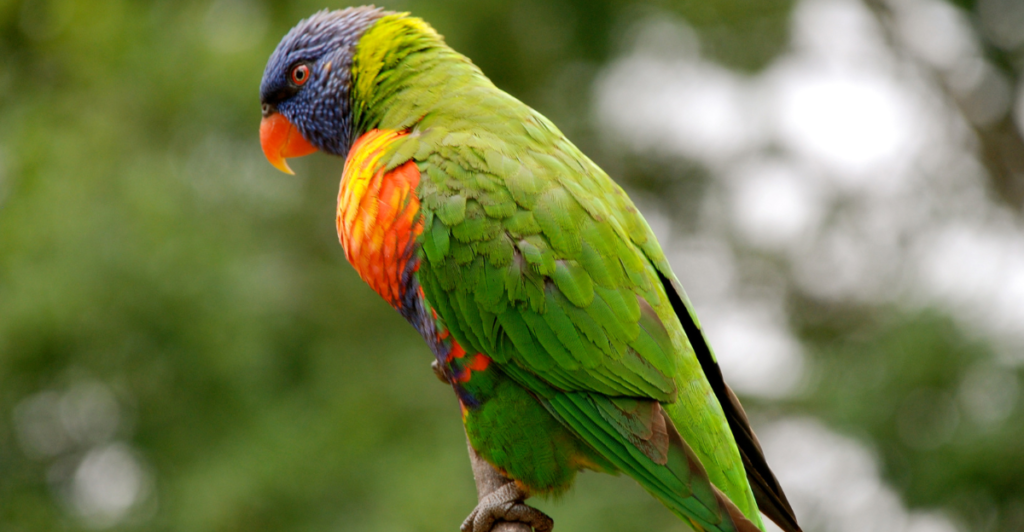
In Australia, rainbow lorikeets sometimes get drunk on fermented nectar from the “drunken parrot tree.” Intoxicated lorikeets lose coordination, fall from trees, and may need to be taken to wildlife rescue centers to sober up. This phenomenon is more common during dry spells when nectar ferments more quickly.
6. Elephants

There’s a longstanding belief that elephants get drunk from eating fermented marula fruit. While this idea has been popularized by nature documentaries, recent research suggests that elephants would need to eat an unrealistic amount of fruit to become intoxicated. However, elephants do enjoy the fruit and may exhibit excited behavior when eating it.
7. Jaguars
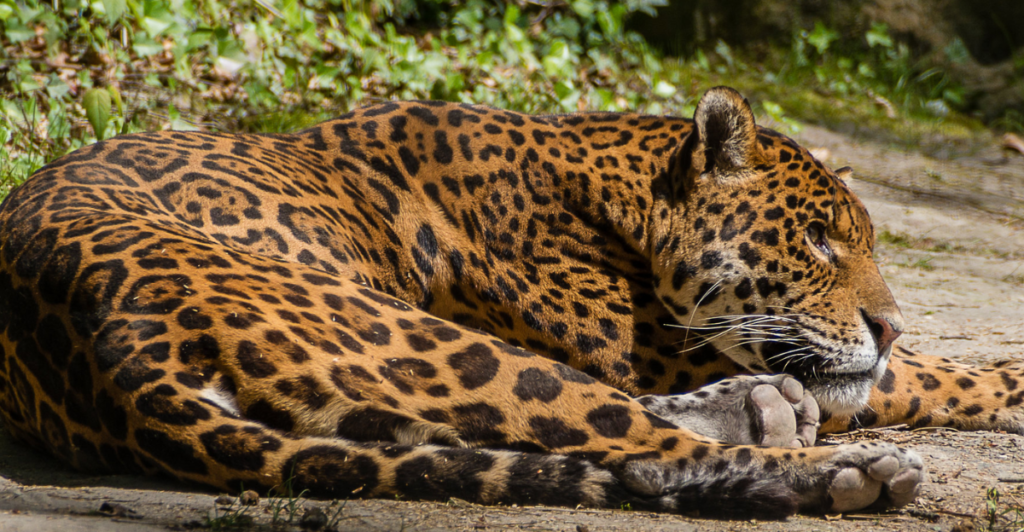
In the Amazon rainforest, jaguars have been observed chewing on the hallucinogenic yagé vine. This vine is a key ingredient in ayahuasca, a powerful psychedelic brew used by indigenous shamans. Jaguars under the influence of yagé reportedly exhibit playful, kitten-like behavior.
8. Cedar Waxwings
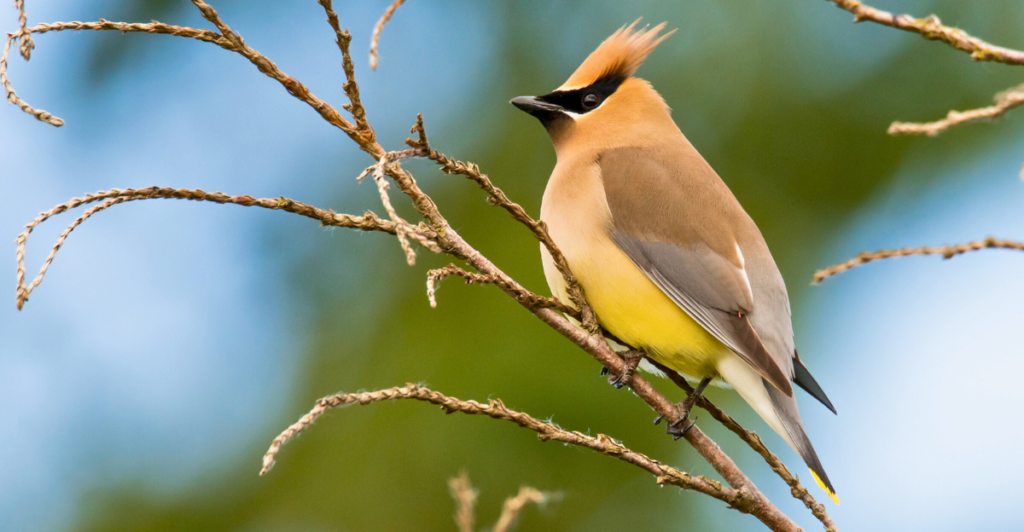
These North American birds sometimes become intoxicated from eating fermented berries. Cedar waxwings have been found disoriented or even dead after consuming large quantities of fermented fruit. Their inebriation can lead to impaired flying and increased vulnerability to predators or collisions.
9. Chimpanzees

In Guinea, West Africa, chimpanzees have been observed drinking fermented palm sap. Some chimps consume significant quantities, showing signs of inebriation similar to humans. This behavior provides insights into the evolutionary origins of human alcohol consumption.
10. Fruit Bats
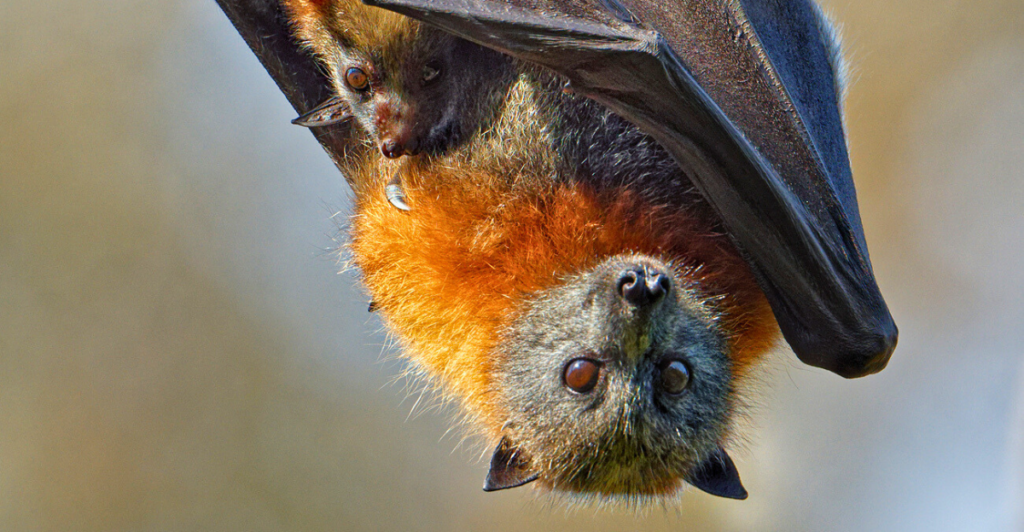
Fruit bats, also known as flying foxes, regularly consume fermented fruits in the wild. While they do ingest alcohol through this diet, they seem to have evolved a higher tolerance for it compared to other animals. This allows them to take advantage of overripe fruit that other animals might avoid.
11. Big Horned Sheep
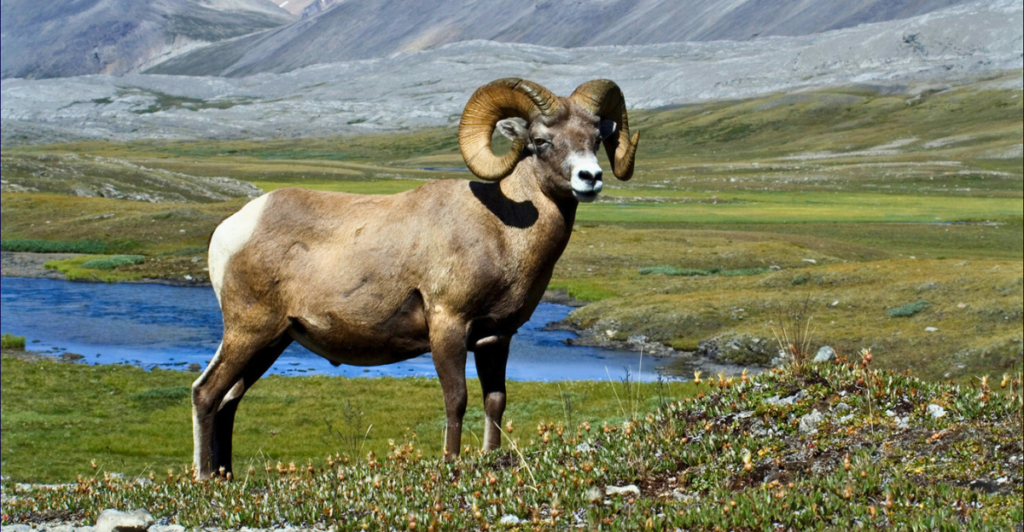
In Canada’s Glacier National Park, big horned sheep seek out narcotic lichen growing on rocks. They’ve been observed going to great lengths to scrape this lichen off, even navigating dangerous terrain. The lichen is believed to have psychoactive properties that the sheep find desirable.
12. Lemurs
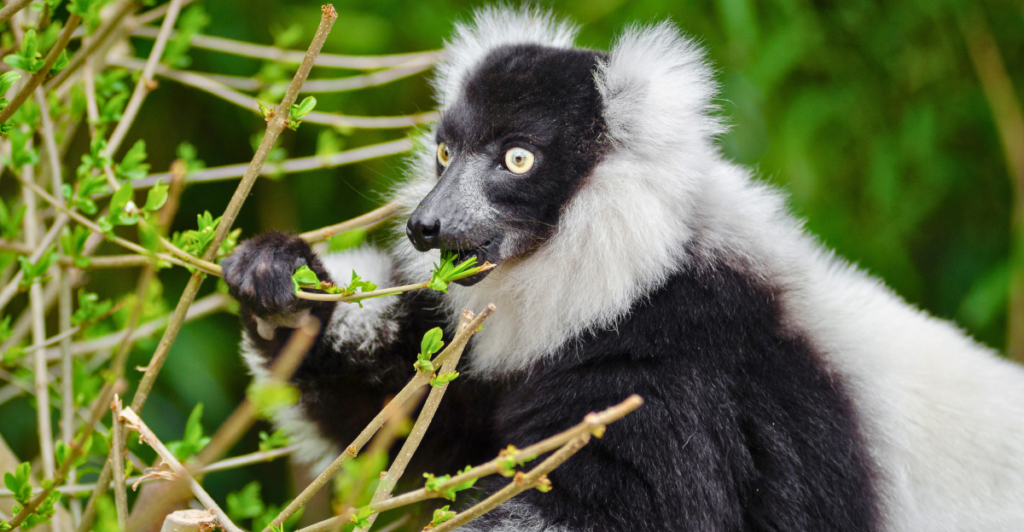
Some species of lemurs in Madagascar have been observed biting millipedes and rubbing the secretions on their fur. These secretions contain benzoquinone, which acts as a natural insecticide and may also produce a narcotic effect. Lemurs enter an apparently blissful state after this behavior.
Discover more of our trending stories and follow us to keep them appearing in your feed

Dormant for 800 Years, This American Volcano Is Waking Up
10 Most Venomous Animals and Where to Find Them
The 13 Loudest Animals That Can Outscream Everything Else
12 Extinct Animals and the Stories Behind Their Disappearances
Stay connected with us for more stories like this! Follow us to get the latest updates or hit the Follow button at the top of this article, and let us know what you think by leaving your feedback below. We’d love to hear from you!







